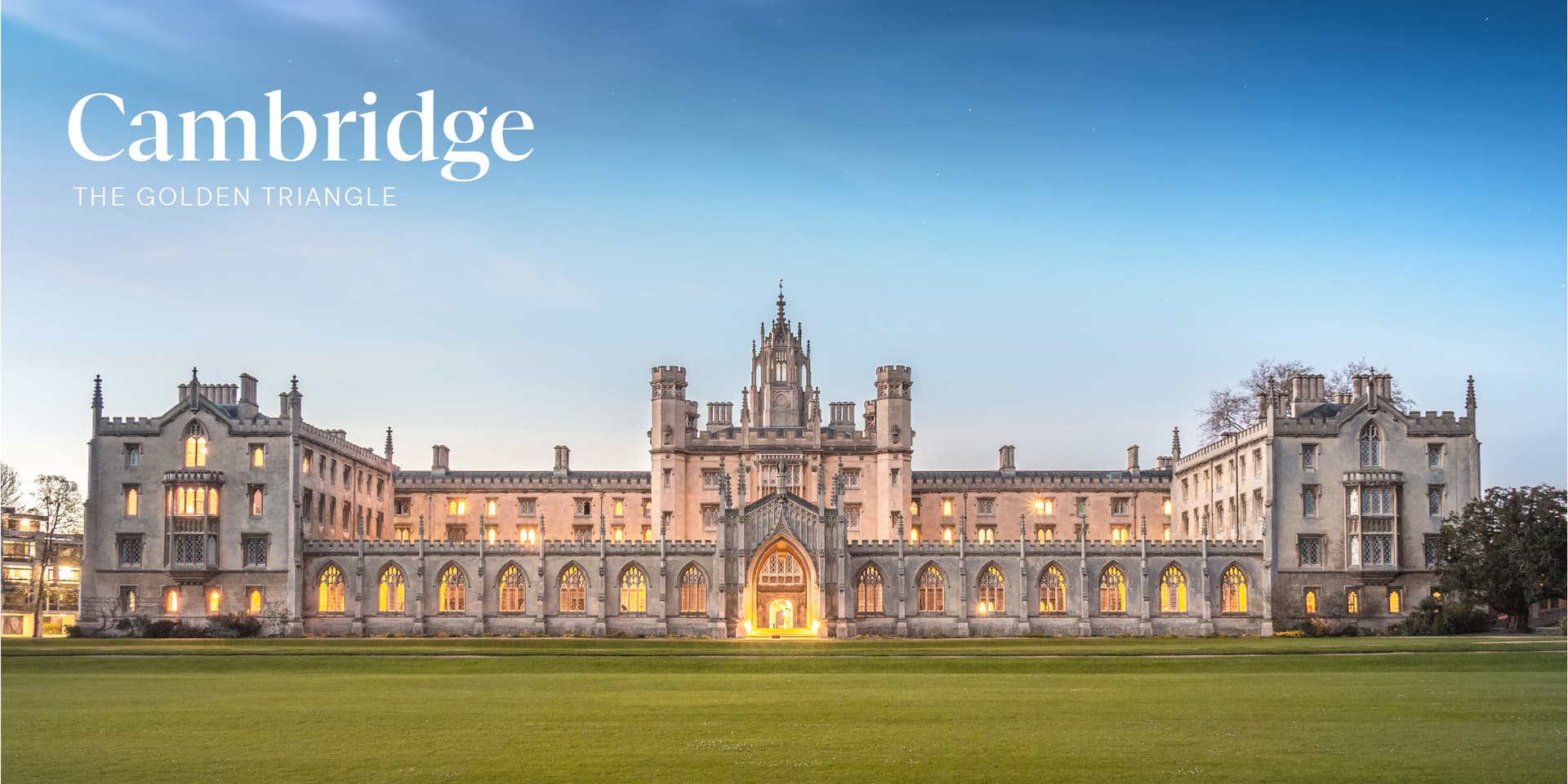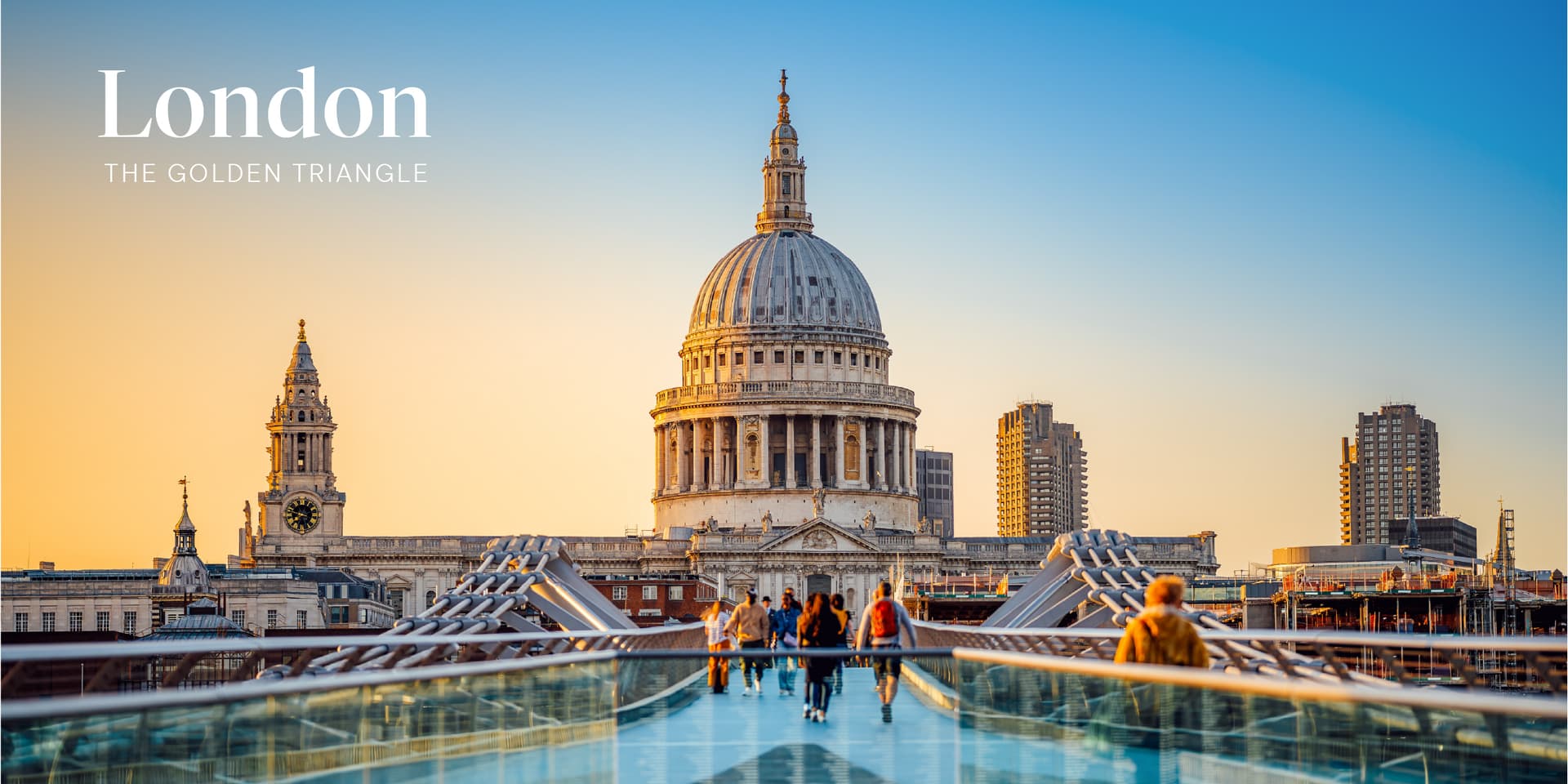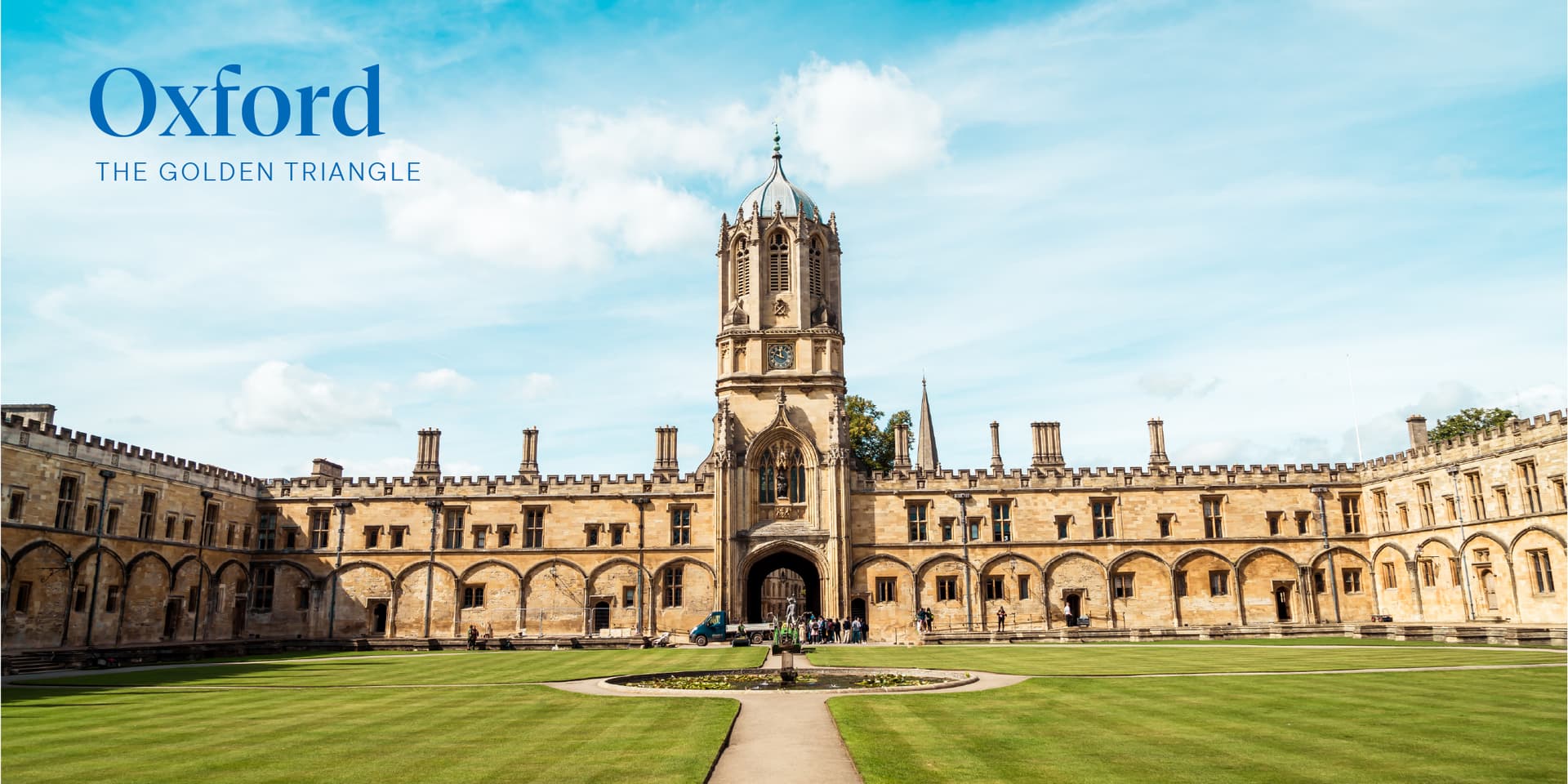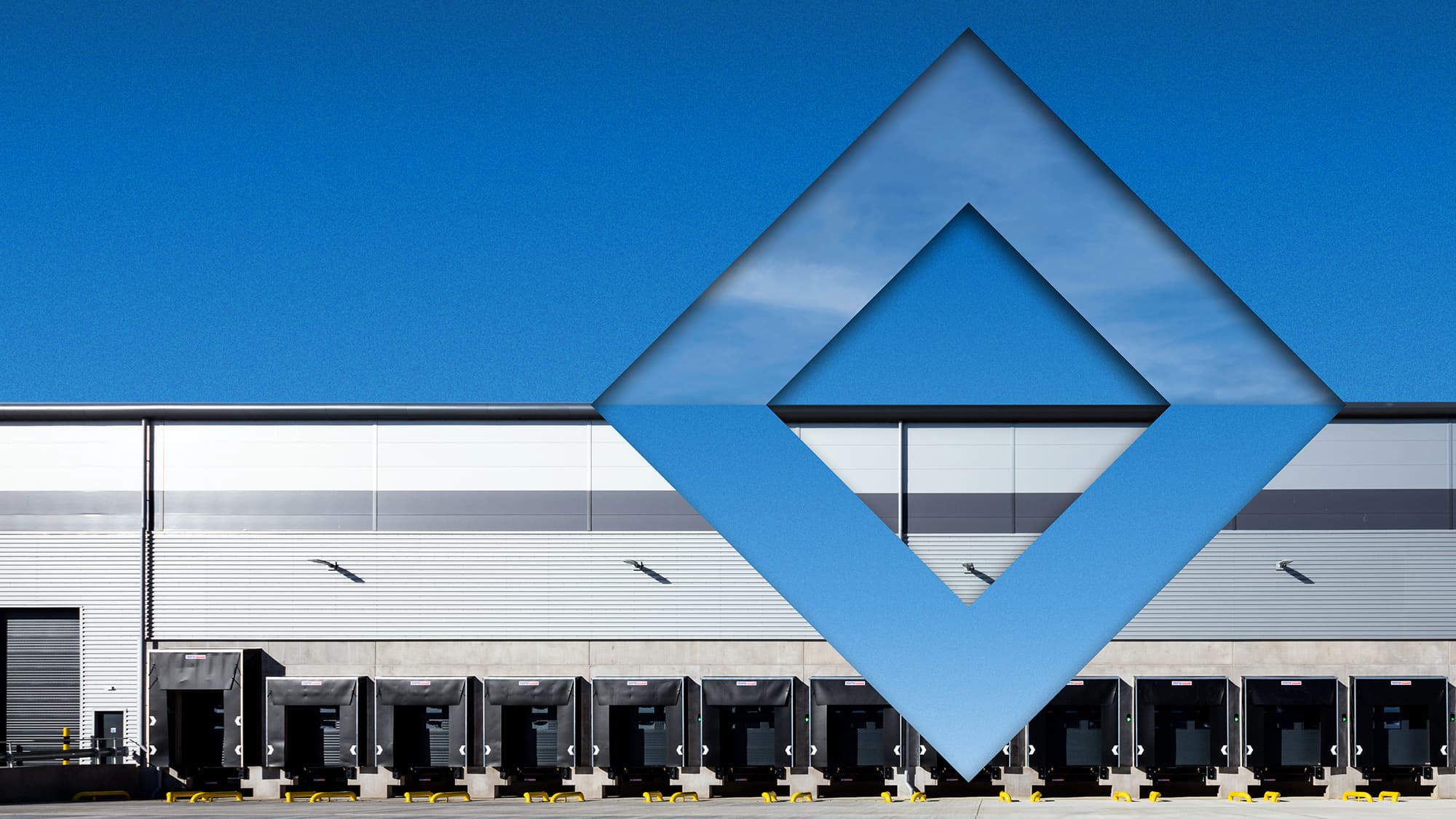

Laboratory and mid-tech take-up in Cambridge reached 22,600 sq ft across five deals during Q1 2025. The largest transactions of the quarter included Advent Bioservices taking two leases on the ground floor at Howard Group’s Cadence, Unity Campus, totalling 8,400 sq ft, while Orion Corporation secured 7,100 sq ft at the Bennet Building, Babraham Research Campus.
Although take-up was subdued, down 48% compared to Q1 2024, it remains in line with the average quarterly take-up recorded last year of 22,900 sq ft. Notably, 63,000 sq ft of laboratory and mid-tech space was under offer at the end of the quarter, providing reason for cautious optimism heading into Q2.
At the close of Q1, DTRE was tracking 639,000 sq ft of total demand, of which 317,000 sq ft was classed as active. While this figure is encouraging, a significant proportion of active demand is being driven by larger requirements, including Astex Therapeutics (90,000 sq ft) and Cellular Origins (60,000 sq ft), both advised by DTRE.
By way of supply, 231,300 sq ft of up-and-built laboratory space was available at the end of the quarter, with One Granta accounting for 34% of this total (79,700 sq ft).
No purpose-built laboratory reached practical completion in Cambridge in Q1; however shortly after the quarter’s end Phase 1 of Abstract’s South Cambridge Science Centre completed and brought 138,500 sq ft of best-in-class, highly flexible, and affordable lab space to the market. This transformative development offers purpose-built facilities designed specifically to meet the needs of the region’s growing life sciences ecosystem. Its location and specification position it as a premier destination for innovative companies seeking to establish or expand their presence in this globally significant research hub.
Q2 is expected to see the completion of Mission Street’s Phase 2 at The Press Foxton, delivering 64,400 sq ft to the market. We expect an additional 239,900 sq ft of space to complete later in the year at Longfellow’s CamLIFE, Brydell Partners’ First Step by Journey, and Churchman/Aviva’s Chesterford Research Park. Nevertheless, market sentiment remains cautious, with ongoing uncertainty in the wider economy continuing to weigh on occupier confidence, exacerbated by geopolitical developments such as the return of Trump.
Whilst the longer-term implications of his administrations policies are still being fully understood, we believe there are reasons to be optimistic as Trump’s shake-ups allow the UK to solidify its position at the forefront of global science and innovation and as a safe haven for a potential transatlantic scientific diaspora.
Venture capital funding into Cambridge-headquartered life sciences and biotech companies was subdued in Q1 2025. A total of £117 million was raised by 14 companies across 14 funding rounds. While this accounts for just 11% of total VC raised across the Golden Triangle, it represents a 6% increase on the previous quarter, and is on track to meet the pre-Covid 5-year average of £341 million raised per year.




Laboratory take-up in London totalled 20,200 sq ft in Q1 2025, with deals completed at Imperial’s I-HUB, Kadans’ MAYDE within Tileyard Quarter, and Life Science REIT’s Rolling Stock Yard. The quarter’s two largest transactions were at I-HUB, where MiNA Therapeutics took 7,200 sq ft and London Biofoundry signed for 5,800 sq ft. Additional activity included Epoch BioDesign taking space at Kadans’ MAYDE, while CFDX secured over 5,000 sq ft at Life Science REIT’s Rolling Stock Yard.
While London recorded the lowest take-up among the three Golden Triangle markets this quarter, it still reflects a promising start and is already 64% of the total recorded in 2024. Activity has doubled year-on-year (from 10,300 sq ft in Q1 2024) and was almost level with Cambridge in Q1, the most established science market.
With 139,300 sq ft of space under offer at the end of Q1, the market is well-positioned to exceed last year’s total by at least c.128,000 sq ft. Notable transactions still under offer include LifeArc for 70,000 sq ft at Ashby Capitals KOVA KX, and global pharma company Eli Lilly on 35,000 sq ft at Blackrock and GIC’s Apex, Tribeca. Given the volume of space under offer, the outlook for the remainder of 2025 is increasingly positive.
By quarter-end, DTRE was tracking 242,800 sq ft of active demand in London, alongside a further 177,000 sq ft categorised as upcoming or currently on hold. Of the total demand, 70% is concentrated in and around the Knowledge Quarter, with West London accounting for a further 10% in line with the relative immaturity of the market, 69% of demand is for space under 10,000 sq ft.
Supply stood at 480,700 sq ft of up-and-built, available laboratory space at the end of Q1. This includes newly delivered space at Apex Tribeca (approximately 110,000 sq ft), 20 Triton Street (providing over 30,000 sq ft), and The Refinery at ARC West London which brings approximately 122,800 sq ft of new space to market and marks the completion of the first wave of purpose-built lab developments in the capital.
Looking ahead, 2.7 million sq ft of space is currently under construction across London. Approximately 1 million sq ft of this is currently under construction in Canary Wharf, at Kadans’ One North Quay, and LS Estates’ 17CC LABS.
Unlike the more cautious funding landscape in Cambridge and Oxford, venture capital activity in London was strong in Q1. Life science and biotech companies headquartered in the capital raised £752 million, accounting for 51% of the UK total, 73% of Golden Triangle fundraising, and a 305% increase quarter-on-quarter. This already equates to 64% of the total raised in 2024. With positive momentum continuing into the year, there is hope that this will drive renewed confidence in the occupier market and reignite previously dormant requirements.




Oxford saw the highest take-up across the Golden Triangle markets in Q1 2025, reaching 44,100 sq ft. The largest transaction of the quarter occurred at The Oxford Science Park, where the Ellison Institute secured 25,500 sq ft at the Iversen Building, setting a new headline rent for fitted laboratory space. This milestone reflects strong momentum in the Oxford market and reinforces The Oxford Science Park’s prominent position within it.
A further 35,500 sq ft was under offer at the close of the quarter, with key space under offer at ARC’s Oxford Technology Park, Kadans’ Abingdon Science Park, and MEPC’s Nebula at Milton Park.
At the end of Q1, DTRE was tracking 652,200 sq ft of total demand, with 318,000 sq ft classed as active, representing a 15% decrease on the previous quarter. While active demand is down as uncertainty continues to weigh on the market, the interest by global pharma into Oxford is promising, with the likes of Vertex actively searching for 125,000 sq ft.
Available up-and-built laboratory space stood at 239,700 sq ft at quarter-end, with the majority of space available across Building One at the University of Oxford’s Begbroke Science Park (63,900 sq ft), Mission Street’s Inventa (38,400 sq ft) and across various buildings at ARC Oxford.
Although no new available laboratory developments were completed in the opening quarter, the delivery of Moderna’s Innovation and Technology Centre (MITC) at Harwell marked a major milestone. The 145,000 sq ft facility underscores Harwell’s growing significance and represents a positive step forward for the wider Oxford market, especially when considering the opportunities for global pharma companies in the UK.
Looking ahead, the completion of Buildings 1 and 2 at Oxford North is expected next quarter, which will provide a combined 115,000 sq ft of laboratory and office space, with Breakthrough’s completion of Trinity House (214,000 sq ft) anticipated towards the end of the year.
Venture capital activity in Oxford saw a moderate uptick in Q1, with life sciences and biotech companies raising £165 million, a 13% increase quarter-on-quarter and 58% above the average quarterly figure in 2024, signaling improving investor sentiment.






